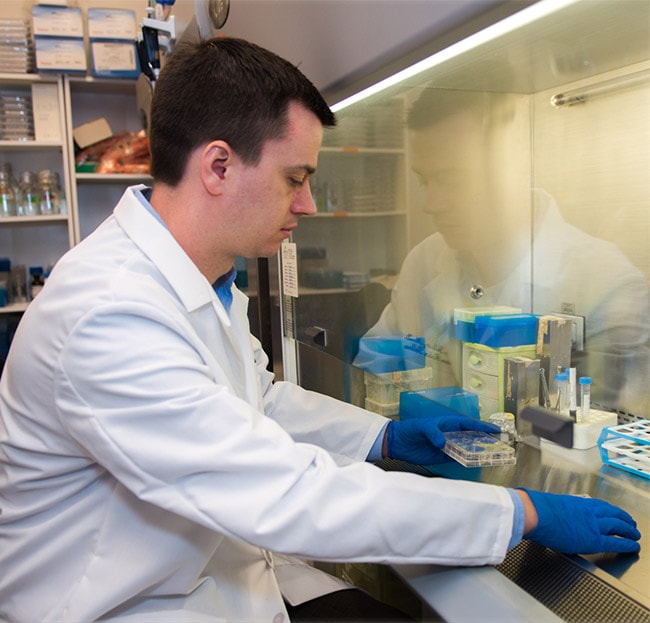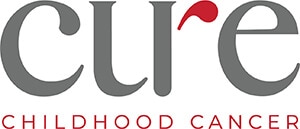Since CURE’s beginnings in 1975, we have raised millions of dollars to advance promising research, lobbied for important legislation, and provided tangible support to thousands of children with cancer and their families.

CURE's History of Research and Support
Our Beginning
CURE Childhood Cancer was founded in 1975 by Emory University pediatric oncologist, Dr. Abdel Ragab. Recruited from Washington University in St. Louis to head the new Division of Hematology/Oncology in Emory’s Department of Pediatrics, Dr. Ragab arrived in Atlanta as the city’s only pediatric oncologist, confronting skeleton staff, no research budget and two patients receiving infusions in converted closets. Lacking even basic tools such as a proper microscope, he was unable to diagnose different types of pediatric leukemia to determine the best course of treatment.
Dr. Ragab needed support to build a pediatric oncology research program. He first approached members of the Tri Delta sorority’s Atlanta Alumnae chapter and, later, parents of his patients about the need for a microscope. Within a short time, they raised the money to buy it for him while incorporating as a Georgia non-profit organization originally named CURE Childhood Cancer and Leukemia.

Our Beginning
CURE Childhood Cancer was founded in 1975 by Emory University pediatric oncologist, Dr. Abdel Ragab. Recruited from Washington University in St. Louis to head the new Division of Hematology/Oncology in Emory’s Department of Pediatrics, Dr. Ragab arrived in Atlanta as the city’s only pediatric oncologist, confronting skeleton staff, no research budget and two patients receiving infusions in converted closets. Lacking even basic tools such as a proper microscope, he was unable to diagnose different types of pediatric leukemia to determine the best course of treatment.
Dr. Ragab needed support to build a pediatric oncology research program. He first approached members of the Tri Delta sorority’s Atlanta Alumnae chapter and, later, parents of his patients about the need for a microscope. Within a short time, they raised the money to buy it for him while incorporating as a Georgia non-profit organization originally named CURE Childhood Cancer and Leukemia.
Moving Cancer Research Forward
For the first few years, the childhood cancer research lab was located at Grady Hospital. But most of Dr. Ragab’s patients were being treated at Emory. In 1981, CURE provided a significant donation to establish a research lab on the Emory campus.
Starting as a temporary facility, that lab grew from a new outpatient clinic in 1987 to a fully equipped childhood cancer research lab in 1989. CURE played a major role in that growth.
As the first of its kind at Emory, this lab was a huge step forward in providing an up-to-date facility with almost 3,500 square feet of space devoted to research of childhood cancer. It represented years of tremendous fundraising efforts. With CURE’s support, the childhood cancer research program at Emory continued to grow, becoming one of the largest pediatric oncology programs in the country.

Moving Cancer Research Forward
For the first few years, the childhood cancer research lab was located at Grady Hospital. But most of Dr. Ragab’s patients were being treated at Emory. In 1981, CURE provided a significant donation to establish a research lab on the Emory campus.
Starting as a temporary facility, that lab grew from a new outpatient clinic in 1987 to a fully equipped childhood cancer research lab in 1989. CURE played a major role in that growth.
As the first of its kind at Emory, this lab was a huge step forward in providing an up-to-date facility with almost 3,500 square feet of space devoted to research of childhood cancer. It represented years of tremendous fundraising efforts. With CURE’s support, the childhood cancer research program at Emory continued to grow, becoming one of the largest pediatric oncology programs in the country.
Callaway's Law: Advancing Support for Experimental Therapies
CURE soon made another great contribution to the treatment of childhood cancer – this time, in the legal arena. While Callaway Thrash, an early patient of Dr. Ragab and the son of one of the first presidents of CURE, was being treated for leukemia, he was unable to obtain insurance coverage for an experimental drug.
After Callaway’s death from leukemia, his father and CURE successfully lobbied the Georgia legislature in support of a bill which mandated that Georgia insurers support experimental therapies for childhood cancer. The passage of Callaway’s Law was a great advance in support of pediatric cancer clinical trials.

Callaway's Law: Advancing Support for Experimental Therapies
CURE soon made another great contribution to the treatment of childhood cancer – this time, in the legal arena. While Callaway Thrash, an early patient of Dr. Ragab and the son of one of the first presidents of CURE, was being treated for leukemia, he was unable to obtain insurance coverage for an experimental drug.
After Callaway’s death from leukemia, his father and CURE successfully lobbied the Georgia legislature in support of a bill which mandated that Georgia insurers support experimental therapies for childhood cancer. The passage of Callaway’s Law was a great advance in support of pediatric cancer clinical trials.
CURE Today
While CURE was initially founded to conquer childhood cancer through research, the organization has evolved into much more today. Research remains a focus as evidenced by the fact that we have invested more than $43 million in innovative research over the past twelve years. We believe the research we fund today will lead to safer and more effective cures tomorrow. But we also see the need to provide support and help to patients who are fighting the disease today. To that end, we come alongside families as a comforting presence from the day they are diagnosed and walk beside them until we are no longer needed. CURE’s programs address the physical, emotional, financial, and educational needs of families during treatment and beyond.

CURE Today
While CURE was initially founded to conquer childhood cancer through research, the organization has evolved into much more today. Research remains a focus as evidenced by the fact that we have invested more than $43 million in innovative research over the past twelve years. We believe the research we fund today will lead to safer and more effective cures tomorrow. But we also see the need to provide support and help to patients who are fighting the disease today. To that end, we come alongside families as a comforting presence from the day they are diagnosed and walk beside them until we are no longer needed. CURE’s programs address the physical, emotional, financial, and educational needs of families during treatment and beyond.



